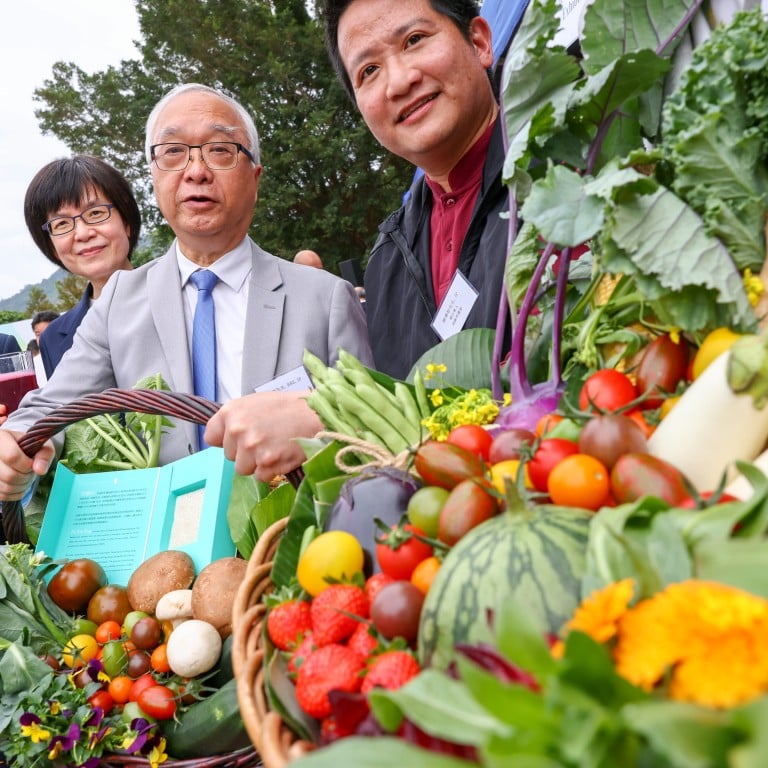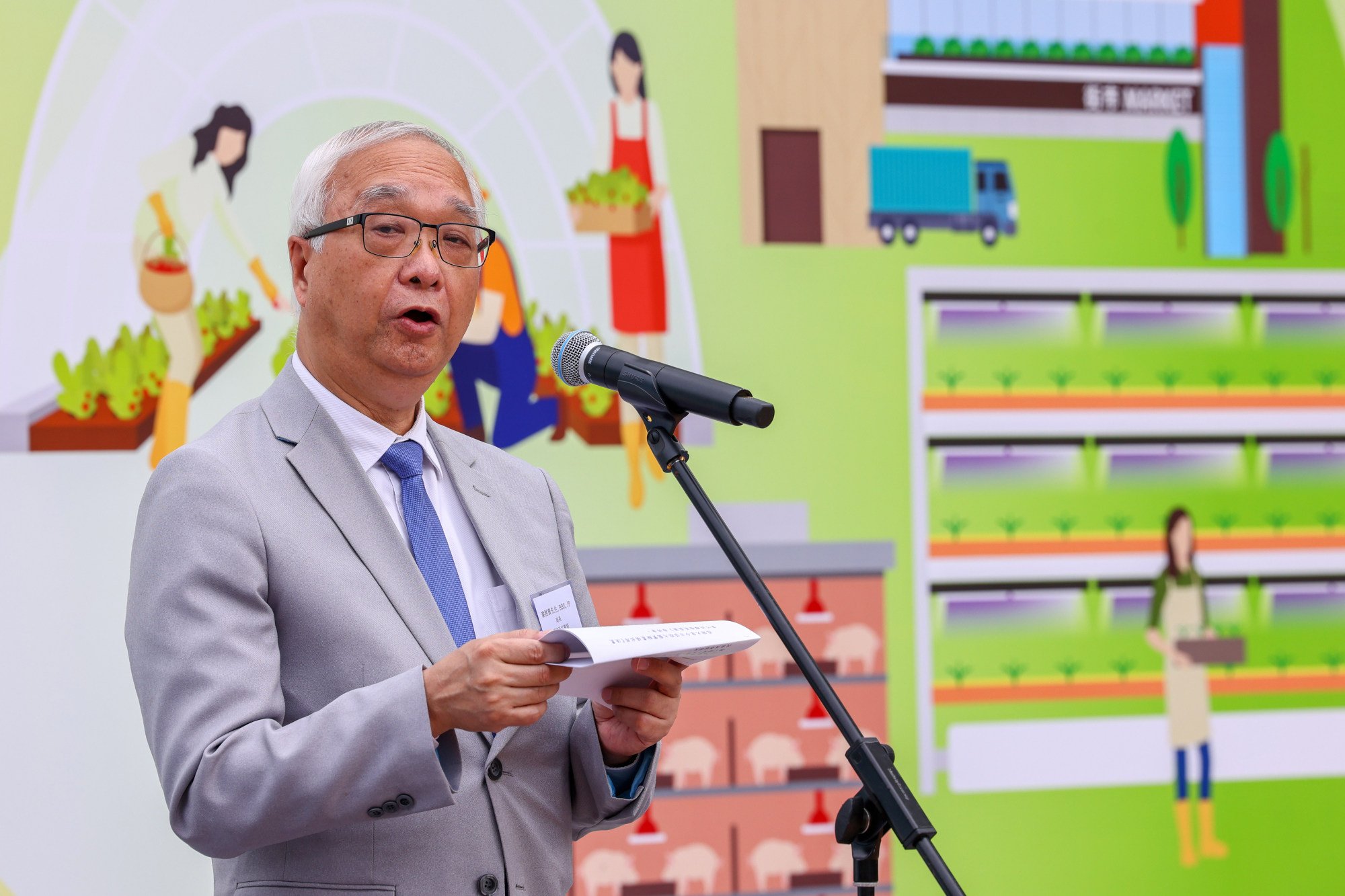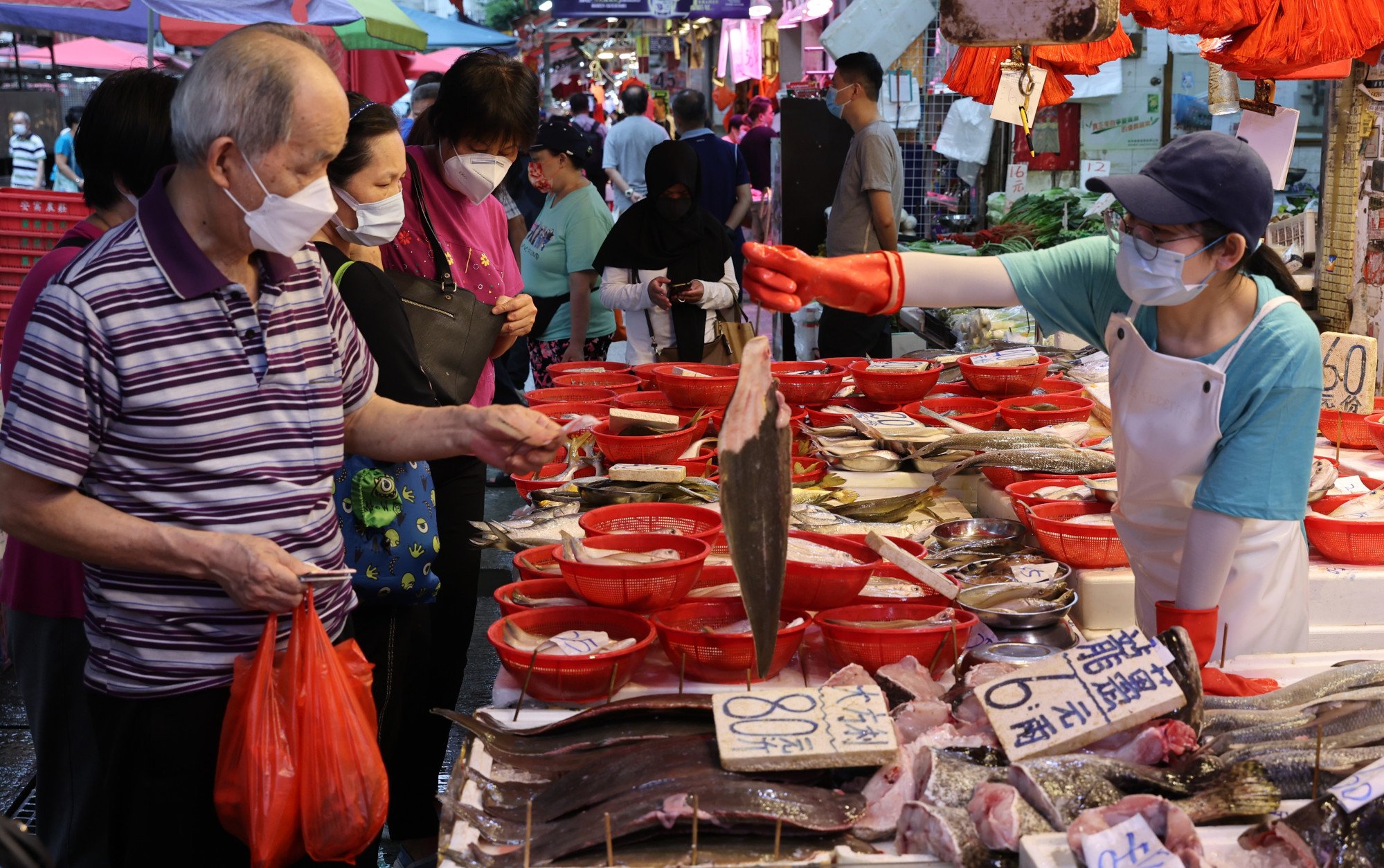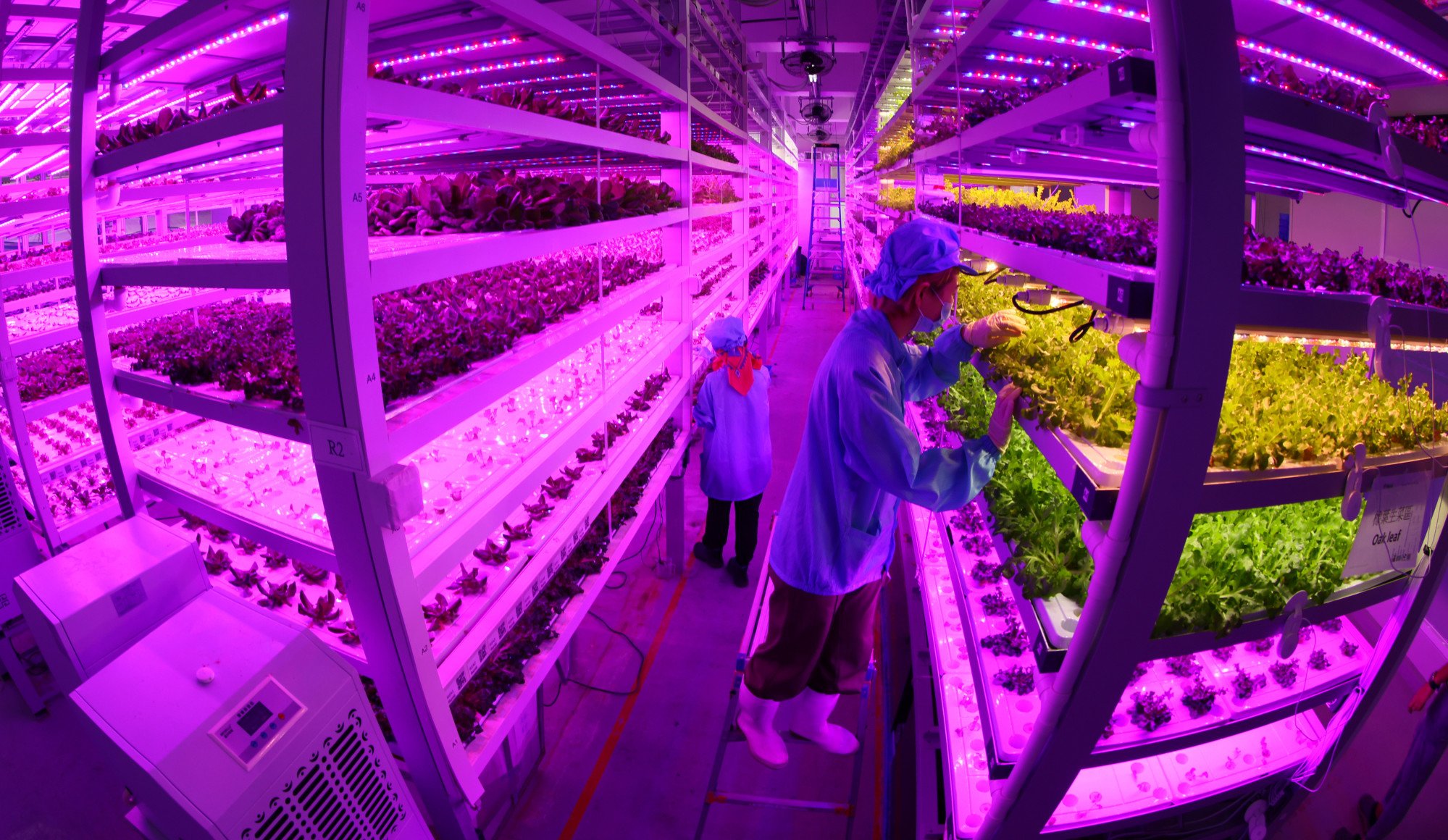
Hong Kong lays out ‘aggressive’ goals to ramp up food production, but does it have enough land and interested workers?
- Blueprint calls for vastly increasing agricultural and fisheries production while also transforming farming practices with better technology
- But industry leaders questions whether government can find enough land and workers to realise its ambitions
Hong Kong has set “aggressive” goals to ramp up its fisheries and agricultural output in the next 15 years while transforming farming practices with better technology, but industry representatives have warned of major obstacles posed by a shortage of talent and land.
The plan calls for doubling the annual production of cultured fish from 600 tonnes to 1,200 tonnes within five years and to 6,000 tonnes within 15 years. The government will also push for the adoption of more modern and environmentally friendly production methods to increase annual agricultural output from the current 15,000 tonnes to 60,000 tonnes in the same time frame.

“Due to Hong Kong’s rapid development, our agricultural and fisheries industries have come to a standstill or even shrunk, causing young people to avoid the industries,” Secretary for Environment Tse Chin-wan said. “But Hong Kong’s agriculture and fisheries industries have a rich and significant history and are deeply rooted in the local cultural heritage.
“Land is an issue, and as the world develops, if our industries remain at a rudimentary stage, it is difficult to be competitive especially as our regional neighbours are improving rapidly. We discussed with farmers and fishermen the challenges they faced and how the government can provide technical and financial support.”
But the minister cautioned it was too early to say what proportion of the food supply should be locally grown versus imported, stressing the government would first focus on developing and expanding the sector.
Tse also expressed confidence that the transformation to hi-tech farming would lead to younger workers considering the area for careers.

“When young people see that agriculture and fisheries are actually a hi-tech industry and it is not something that belongs to the past generations, they will feel interested,” he said. “Also, science and technology can improve the working environment for the sector and both will improve the attractiveness.”
The blueprint also calls for creating the city’s first urban farm in Ma On Shan’s Sai Sha Road Garden and integrating such agricultural areas into new town developments within 15 years.
“I have to admit our goal is very aggressive,” said Anthony Lam Sai-ho, director of the Agriculture, Fisheries and Conservation Department (AFCD). “But if we manage to mark out land to prioritise agriculture, with the implementation of technology and upgrading facilities, like building more greenhouses, our farmers will not have to be affected by natural disasters, which are currently causing huge losses.”
With advanced farming technology, urban farmers could increase yields multifold and supply up to 10 per cent of the local demand for food, he predicted.
Hong Kong supplies all of the live poultry residents consume, but only 14 per cent of their fresh pork and just 1.9 per cent of their fresh vegetables. The city had more than 10,000 fishermen and 920 licensed mariculture operators producing about 18 per cent of all locally consumed seafood, according to official figures from 2021.
According to AFCD figures from 2021, the city produced about 12,000 tonnes of butchered pigs and 7,400 tonnes of chicken a year, while annual vegetable production was 15,300 tonnes.
In 2022, the local agriculture industry produced HK$1.35 billion (US$173 million) worth of produce, accounting for 0.1 per cent of the city’s gross domestic product, according to the department.
Hong Kong had 285 accredited farms employing about 4,300 people, or about 0.1 per cent of the city’s workforce, that year. Twenty-nine were chicken farms and 43 pig farms.

With better efficiency and biosecurity, annual production of local livestock farms was expected to increase by at least 10 per cent and the production value, or how much the meat could be sold for, by 30 per cent in 15 years.
The government was also aiming to build the city’s first multi-storied livestock farms by 2026 to boost output.
“I have visited multi-storied pig farms in the mainland where they use hi-tech methods such as artificial intelligence and facial recognition to monitor the health of every pig, Tse said. “This improves the quality of pork and also productivity.”
But some industry leaders voiced scepticism over the plan. Fung Kin-chung from the New Territories Fruits and Vegetables Marketing Cooperatives said the government would need to provide more support to achieve its goals.
“The biggest challenge facing the industry is land, the second is lack of manpower and financing,” he said. “We need the government’s help in these areas and also to promote our produce so more people can get to know us, since 99 per cent of our produce is consumed by locals.”
Can tech improve Hong Kong food safety? Hunger for transparency spurs innovation
Farms are located mostly in the urban fringes and took up just 0.007 per cent of Hong Kong’s land area.
Fung argued that with better financial and technological support, farmers could adopt more mechanisation and reduce the intensity of labour, which could attract younger talent.
Lok Leung, who grows strawberries and tomatoes at a hydroponic farm in Sheung Shui, welcomed the long-awaited blueprint, noting farmers faced difficulties trying to expand in urban areas due to building regulations.
“With government support, hopefully it is easier to get licensing to build greenhouses or rooftop farms on top of existing buildings, or in new towns,” said Leung, who is in his thirties.
Veteran wants to attract newcomers to fish farming in Hong Kong
Cheung Siu-keung, the chairman of the Hong Kong Fishermen Consortium, said the output of his industry was largely decided by individual fishermen who managed their own yields.
“Traditionally fishermen have no goals or targets to meet, but with more support we can increase our output and we can work together to upscale,” Cheung said.

